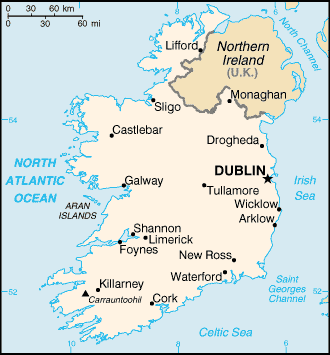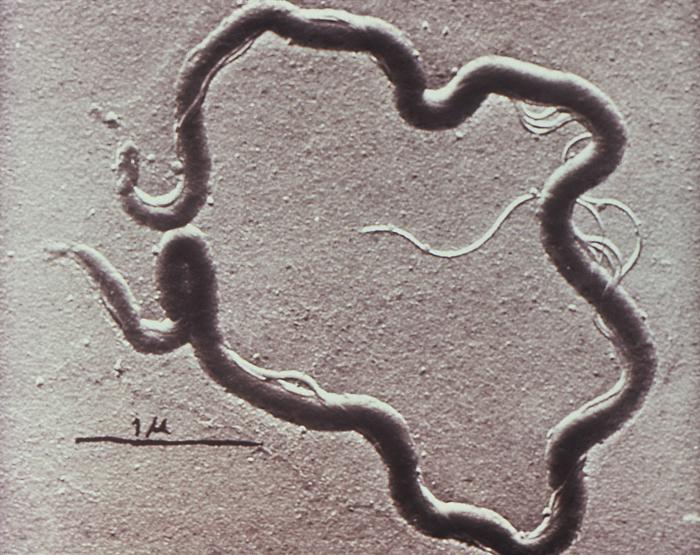Health officials in Ireland have released their Provisional data on sexually transmitted infections, 2015 and we find that more than four out of 10 of all infectious disease notifications (43 percent) in 2015 were sexually transmitted infections (STI), excluding HIV, hepatitis B and sexually transmitted enteric infections.

The STI that showed the largest increase year over year was syphilis. The HSE’s Health Protection Surveillance Centre says clinically confirmed cases of early infectious syphilis increased significantly in 2015 (up 22%). The final number is likely to be higher as further enhanced surveillance forms for 2015 cases are received by departments of public health.
Little change was noted in three other common STIs–gonorrhea was down 0.8% and both chlamydia and genital herpes saw a modest increase of 3 percent from 2014.
An outbreak of lymphogranuloma venereum (LGV) which began in May 2014 was declared over in July, 2015; a total of 46 cases were linked to the outbreak over that period.
Young people and men who have sex with men (MSM) continue to bear the burden of STIs. Half of chlamydia cases were among those aged 15-24 years and more than 70% of cases of gonorrhea, LGV and early infectious syphilis, where mode of transmission was recorded, were among MSM.
Related:
- Sexually Transmitted Infections: Those common and those not so common, Part 1
- Sexually Transmitted Infections: Those common and those not so common, Part 2
- How to control chlamydia: Guidance for Europe



One thought on “Ireland reports ‘significant’ increase in syphilis”